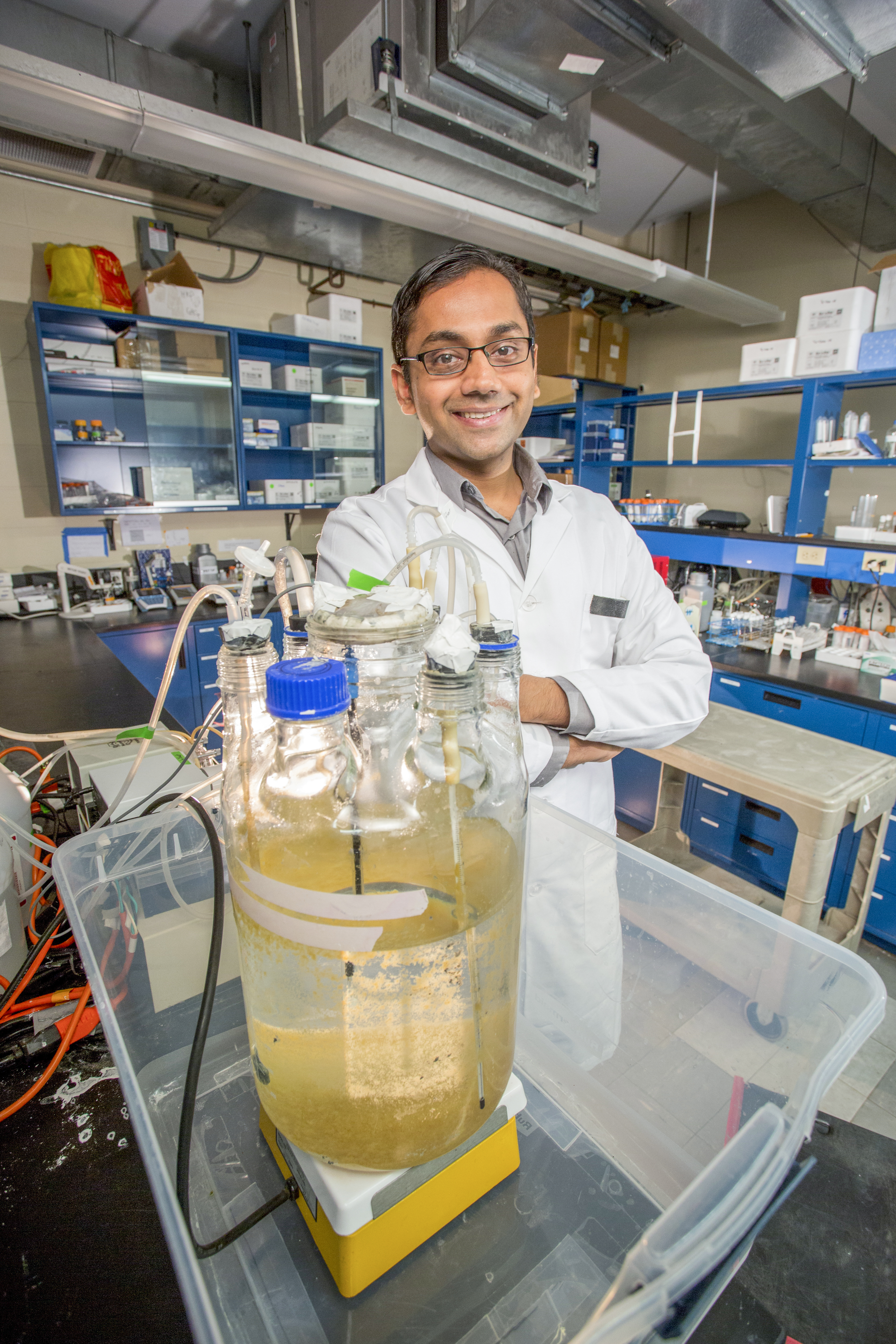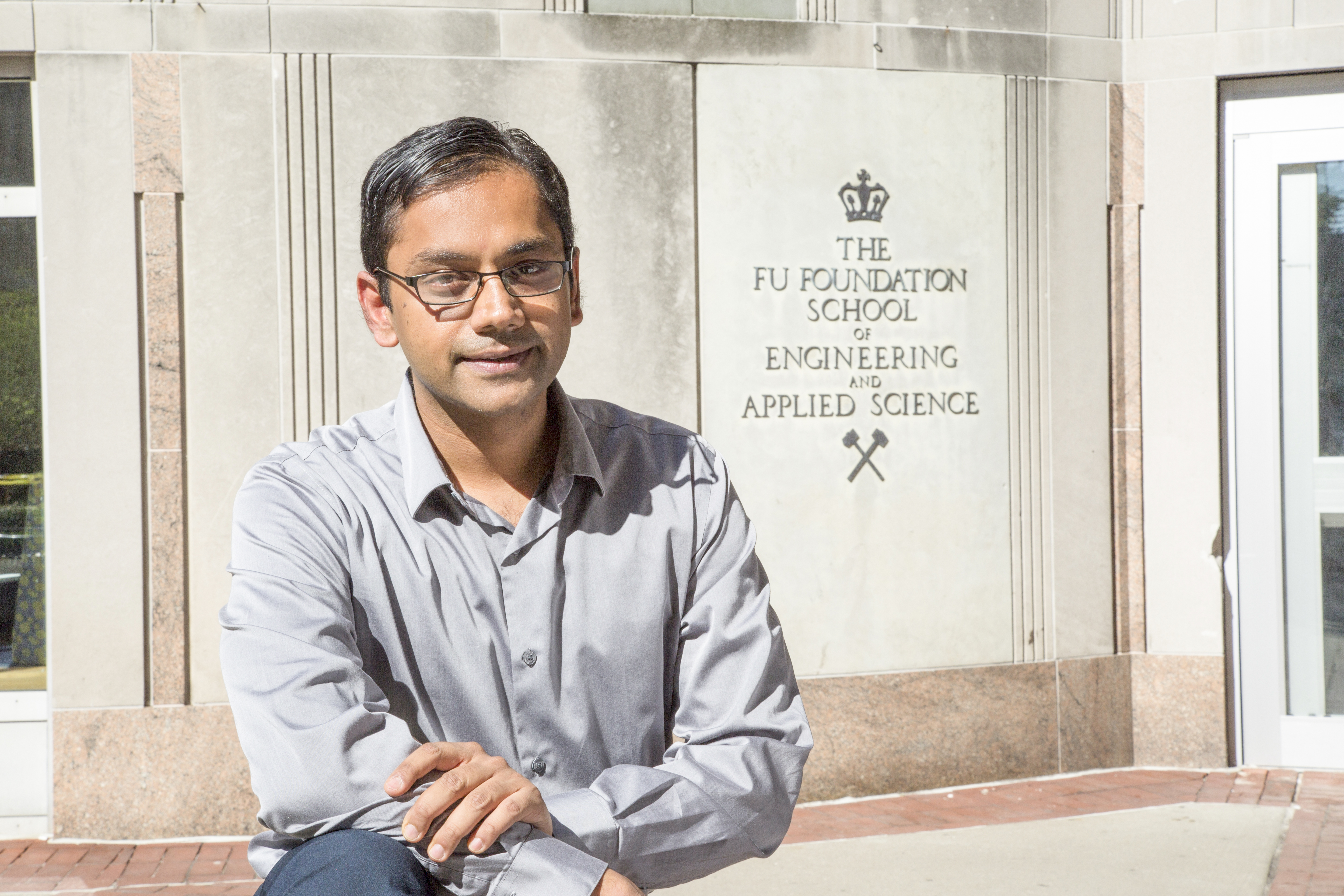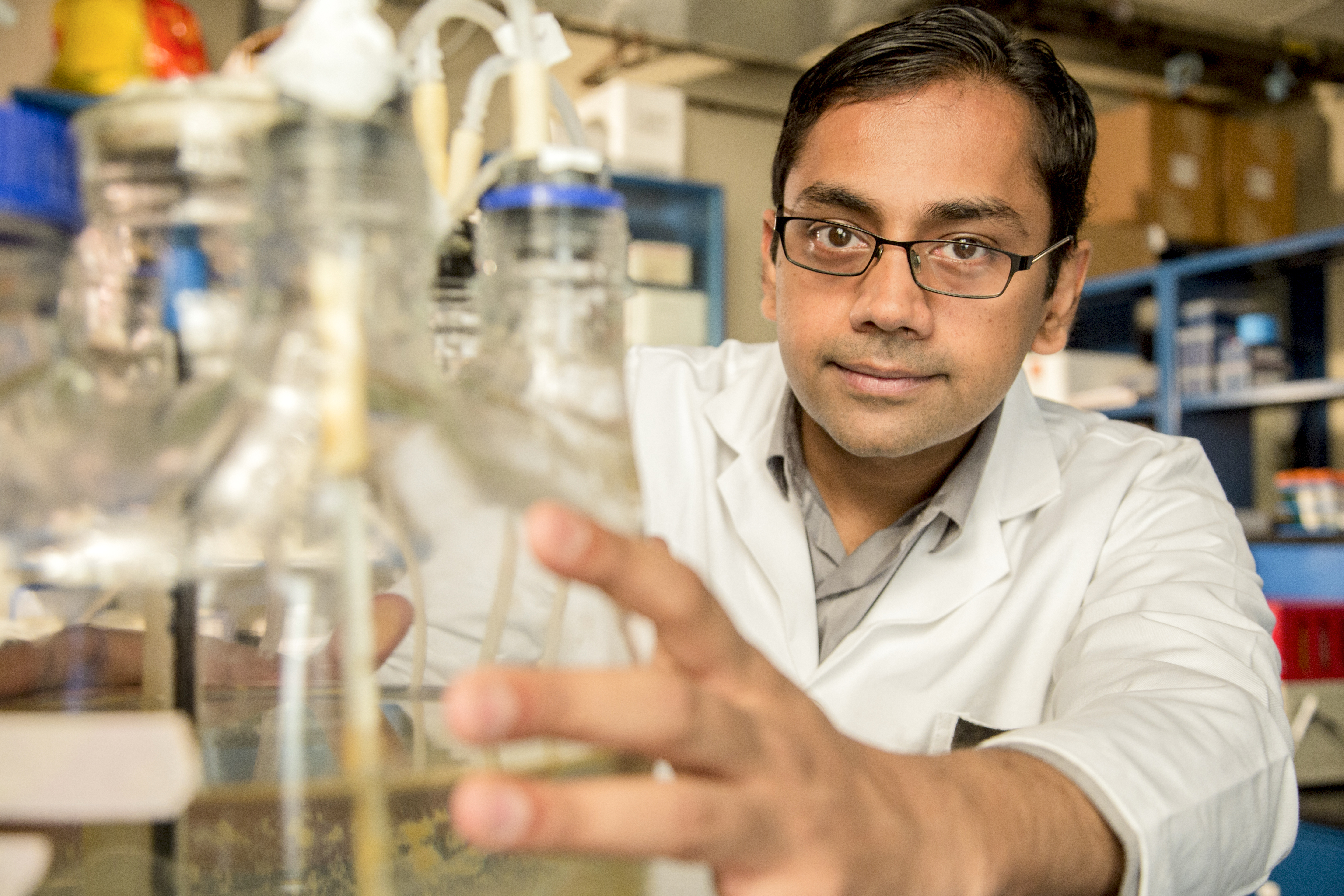About Kartik's Work
Kartik Chandran is an environmental engineer integrating microbial ecology, molecular biology, and engineering to transform wastewater from a troublesome pollutant to a valuable resource. Traditional facilities for biologically treating wastewater remove pathogens, organic carbon, and nutrients (where necessary) through decades-old technology that requires vast amounts of energy and resources, releases harmful gases into the atmosphere, and leaves behind material that must be discarded. Chandran approaches wastewater treatment with the goal of producing useful resources such as fertilizers, chemicals, and energy sources, in addition to clean water, in a way that takes into account the climate, energy, and nutrient challenges we face today.
The key insight of Chandran’s research and applications thereof is that certain combinations of mixed microbial communities, similar to those that occur naturally, can be used to mitigate the harmful environmental impacts of wastewater and extract useful products. For example, Chandran has determined an optimal combination of microbes (and associated wastewater treatment technologies) to remove nitrogen from waste while minimizing the release of nitrous oxide, a potent greenhouse gas. This approach also involves reduced chemical and energy inputs relative to traditional treatments and has the added benefit of preventing algal blooms downstream by maximizing nitrogen removal. More recently, using ammonia-oxidizing bacteria, Chandran has enabled the transformation of bio-generated methane gas into methanol, a chemical that is both easily transported and widely useful in industry (including the wastewater industry).
Chandran imaginatively tailors his solutions to be locally appropriate. In rural Ghana, in conjunction with his Engineers without Borders students, he has re-engineered source-separation toilets to both provide sanitation and recover nutrients for use in agriculture. In Kumasi, Ghana, he is testing the large-scale conversion of sludge into biofuel while also providing new training opportunities for local engineers and managers. Through his groundbreaking research and its practical applications, Chandran is demonstrating the hidden value of wastewater, conserving vital resources, and protecting public health.
Biography
Kartik Chandran received a B.S. (1995) from the Indian Institute of Technology at Roorkee (formerly, University of Roorkee) and a Ph.D. (1999) from the University of Connecticut. He was a senior technical specialist (2001–2004) with the private engineering firm Metcalf and Eddy of New York, Inc., before returning to academia as a research associate (2004–2005) at Virginia Polytechnic Institute and State University. Currently an associate professor in the Department of Earth and Environmental Engineering at Columbia University, his work has been demonstrated in New York City and Ghana and has been published in such journals as PLoS ONE, Environmental Microbiology, Environmental Science & Technology, and Biotechnology and Bioengineering, among others.
Published on September 29, 2015










